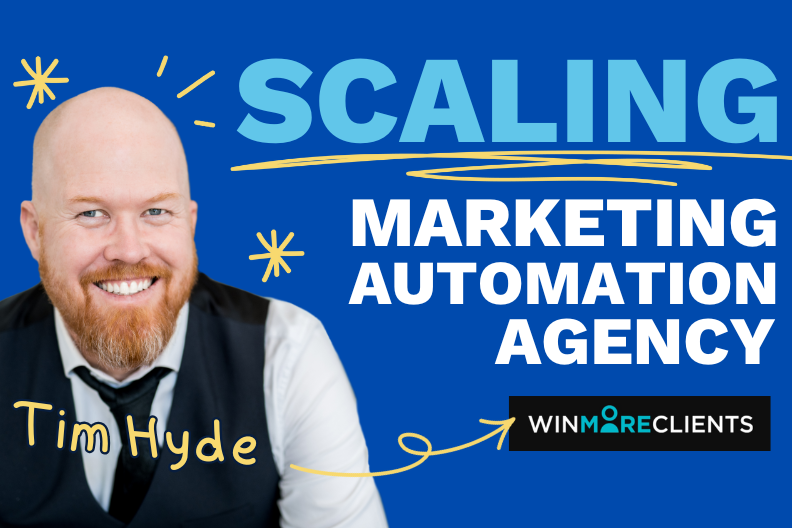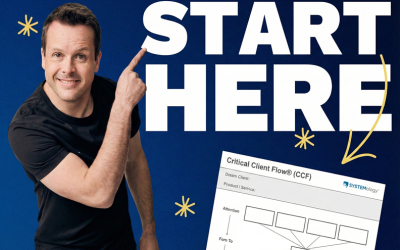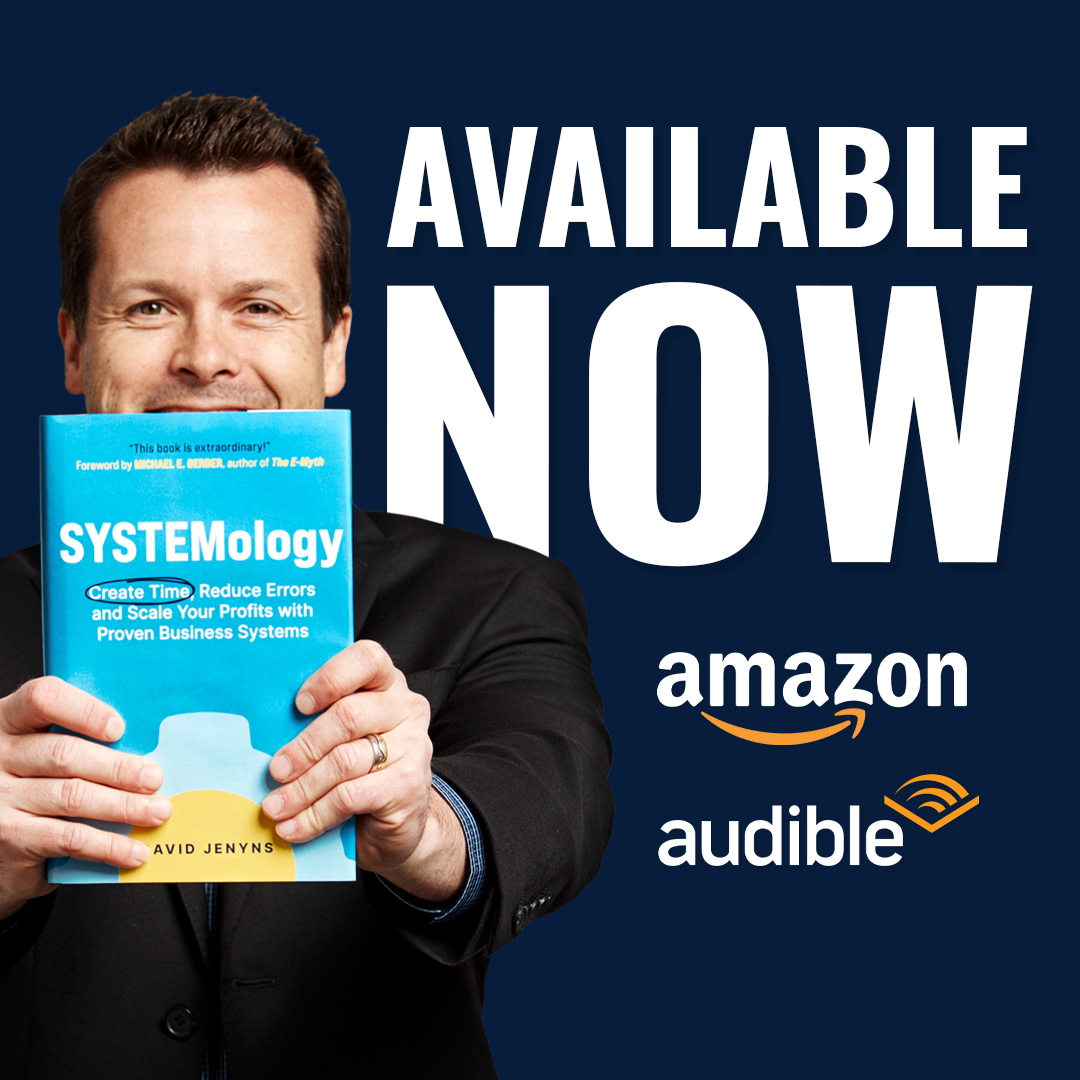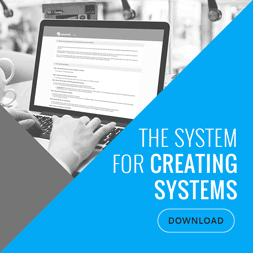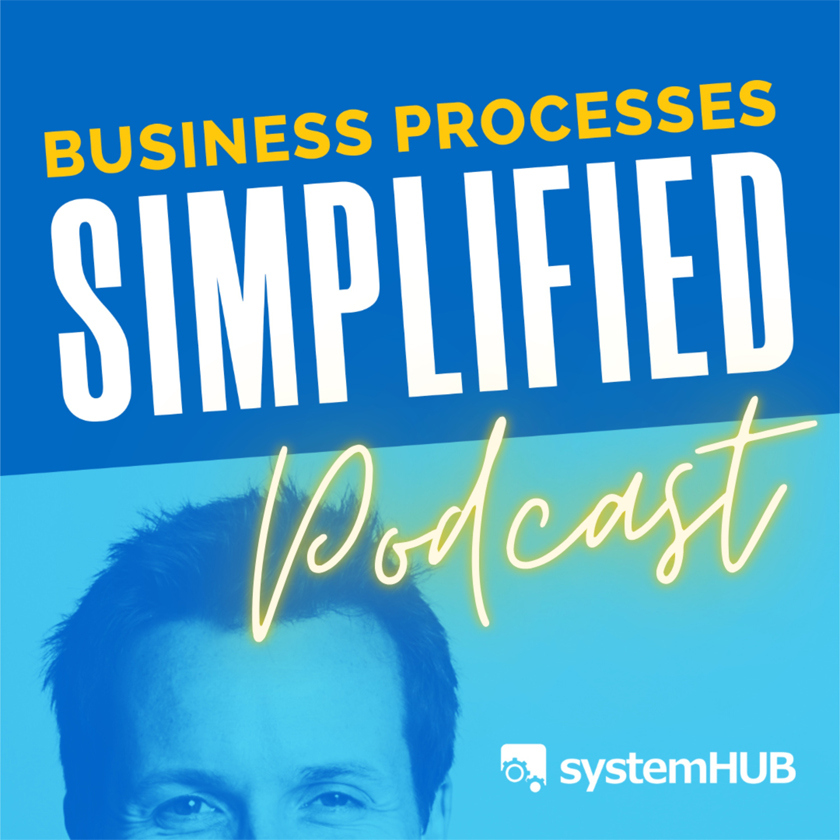Are you trapped in your marketing agency, constantly putting out fires while dreaming of taking a real vacation? Tim Hyde from Win More Clients faced this exact challenge. After 44 years in business and running a successful marketing automation agency, he discovered the key to true business freedom wasn’t working harder—it was building systems that worked without him.
The Agency Owner’s Dilemma
Tim’s journey began with a classic entrepreneurial story. Starting as an “accidental business” while working in IT project management, Win More Clients grew organically around his expertise in customer acquisition systems and marketing automation. But like many agency owners, he found himself becoming the bottleneck.
“We go into business to give us the lifestyle. The lifestyle is not the thing we fit around the business. Its purpose is to serve the lifestyle,” Tim realized during a pivotal moment when his wife’s health issues required him to step away from day-to-day operations.
The challenge was clear: his marketing automation agency was successful at helping clients systematize their processes, but his own business couldn’t function without his constant involvement.
The Systems-First Awakening
Tim’s transformation began when he shifted his perspective from business owner to systems architect. Having spent years helping clients automate their marketing and sales processes, he recognized the same principles needed to be applied internally.
“The more predictably we can produce a result, the more predictable, controllable, this chaos that we have in our business actually becomes,” he discovered. This insight became his North Star for rebuilding Win More Clients from the ground up.
The turning point came when he realized his business needed to exist independently of him—not just survive in his absence, but thrive.
Building Systems That Actually Work
Tim’s approach to systematizing his marketing automation agency focused on practical implementation:
- Embedded systems thinking into recruitment: Asked candidates about specific systems they’d used in previous roles, filtering for people who naturally thought systematically
- Started with universal processes: Focused on staff onboarding, leave processes, and other standard procedures before tackling client-specific systems
- Built systems around human behavior: Rather than forcing team members into rigid processes, he observed natural workflows and systematized those patterns
- Created iterative feedback loops: Regularly reviewed what broke during his absence to identify system gaps and dependencies
- Documented the Critical Client Flow: Mapped the entire customer journey from attraction through delivery, ensuring repeatability at each stage
- Integrated technology with human systems: Used automation to enhance rather than replace human touchpoints, focusing on improving customer experience
The Freedom Test Results
The true test of Tim’s systems came when he took an extended trip to France for the Rugby World Cup. Rather than watching his business crumble, this absence became proof of concept for his systematized approach.
“It’s actually a good exercise to start taking time out of your business to see what breaks,” he reflects. “It actually starts to tell you where there’s dependencies on you and other people in the business.”
The results were transformative. His marketing automation agency continued serving clients, generating revenue, and maintaining quality standards—all without his direct involvement. This wasn’t just business survival; it was business evolution.
Key Lessons for Marketing Agency Owners
Tim’s journey from overwhelmed owner to systems architect offers valuable insights:
- “Systems are only as good as the people who follow them”—focus on team buy-in before implementation
- Start small with universal processes: Begin with onboarding and standard procedures before tackling complex client work
- “Build systems around human behavior” rather than forcing artificial processes that create resistance
- Test your systems regularly: Take time away from your business to identify weak points and dependencies
- “If you really want your business to scale and give you the lifestyle that you deserve as business owners, there’s no ifs, buts, or maybes—this is the path”
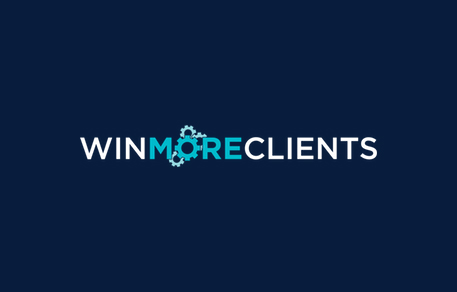
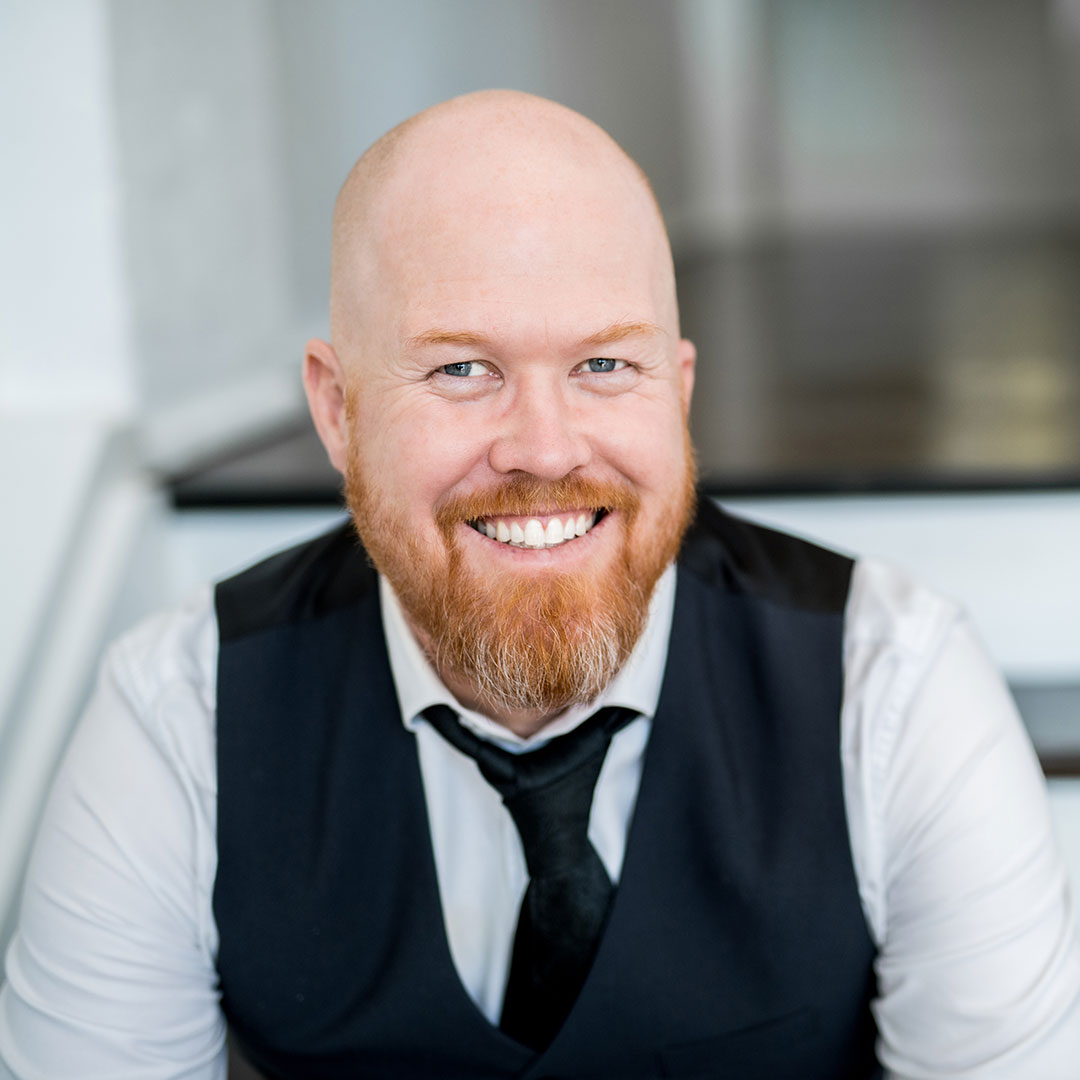
The Path Forward
Tim’s story demonstrates that marketing automation agencies can achieve true scalability through systematic thinking. His approach proves that the same principles agencies use to help clients can transform their own operations.
“The quicker we can get rid of those hats, the quicker the business starts to serve us, not us serving the business,” Tim concludes, having successfully created a business that generates lifestyle freedom rather than lifestyle constraints.
Ready to Systematize Your Marketing Agency?
Tim’s transformation didn’t happen overnight, but it started with a single step: documenting his critical client flow. If you’re ready to build a marketing automation agency that runs without you, start your journey with SYSTEMology’s free resources and discover the proven framework that’s helping agencies worldwide achieve true business freedom.

